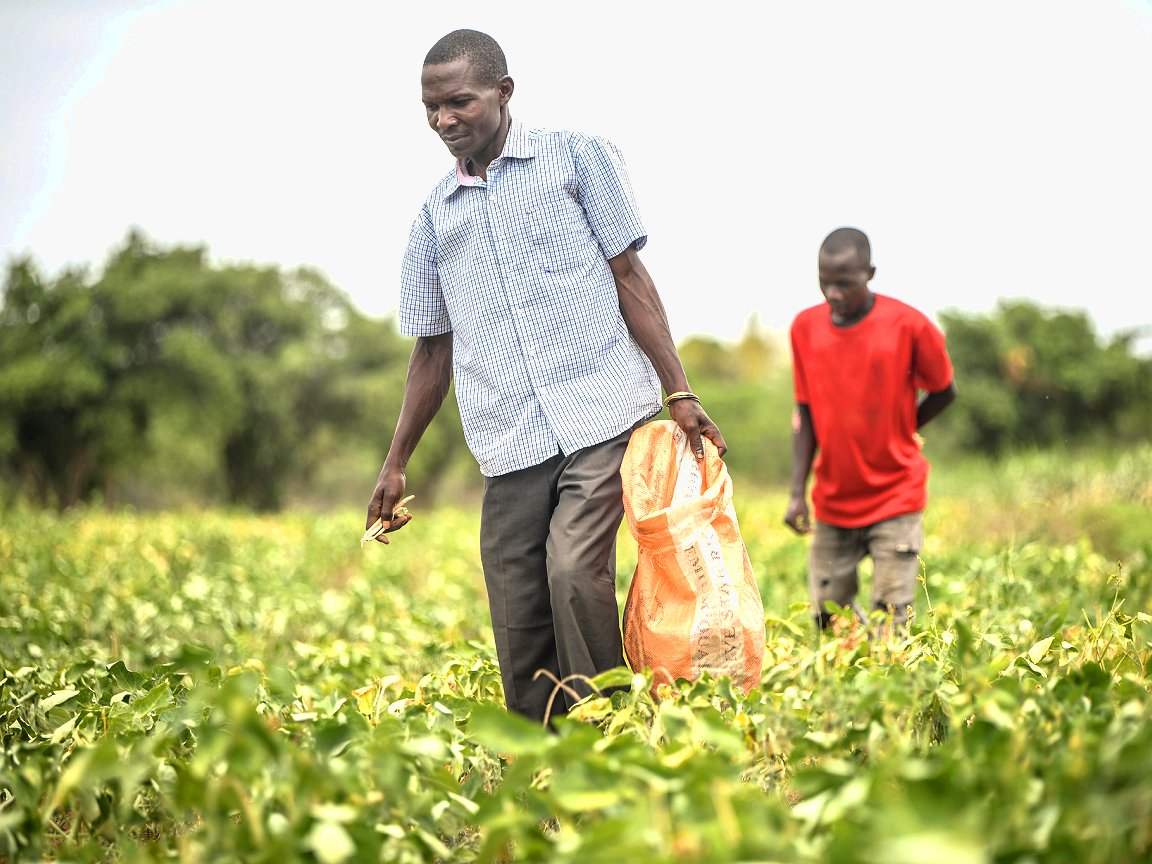
ICPAC: El Niño likely to bring heavy rain to Horn of Africa

By the Climate Centre
The Nairobi-based IGAD Climate Prediction and Applications Centre said yesterday that its October to December forecast shows “high chances of wetter-than-usual conditions across most parts of the Greater Horn of Africa” with the current El Niño.
The forecast includes a greater-than 80 per cent chance of above average rainfall in southern Ethiopia, eastern Kenya and southern Somalia, but also probable dry conditions for parts of Uganda and South Sudan, according to the ICPAC scientists, who provide climate services to 11 East African nations.
The heavy rainfall across much of the region from March to May this year may combine with increased precipitation in the last quarter of 2023 to cause floods, they add.
ICPAC Director Guleid Artan said yesterday: “We have now entered El Niño conditions which, for Eastern Africa, are synonymous with wetter conditions during [October, November and December].
“After three years of devastating drought, this may be seen a blessing for farmers. Still, it can quickly become a curse. Desert locusts are already proliferating to alarming levels in parts of the region.
“The risk of deadly incidents also increases significantly. We all remember the last El Niño in 2015–16 when downpours of torrential rains caused landslides, flash floods, and buildings to collapse.
ICPAC is now calling on governments and disaster managers to take “all necessary measures to save lives and livelihoods”.
‘This may be seen as a blessing for farmers,
but it can quickly become a curse’
The Climate Centre’s Kampala-based Head of Anticipatory Action, Irene Amuron, said today: “This forecast emphasises the need for preparedness for the wetter conditions often seen in the Horn during El Niños.
“Since the 2015–16 El Niño, the IFRC and the Climate Centre have worked with the Ethiopian, Kenyan and Ugandan Red Cross and their partners to develop early action plans for flood and drought across the three countries, through support from the IKEA Foundation.”
Hussen Seid, an ICPAC climate-modelling expert, adds: “October to December constitutes a vital rainfall season, particularly in the equatorial parts of the Greater Horn of Africa, contributing 20 to 70 per cent of the annual total rainfall.
“The season will likely occur early in parts of the region where elevated rainfall is anticipated: eastern Kenya, southern Somalia, and eastern Tanzania.
“In contrast, probabilities favour an average or delayed onset over parts of northern Somalia, western Kenya, Uganda, southern South Sudan, Rwanda, Burundi, and north-western Tanzania.”
ICPAC is the WMO-designated regional climate centre for East Africa; its seasonal forecast is based on rigorous analysis of historical data, prevailing climate signals, and advanced modelling techniques.
The El Niño-related forecast was issued from the 65th Greater Horn of Africa Climate Outlook Forum, which discussed “impacts and mitigation measures for the upcoming season.”
Ndolo Kituku Muindi harvests green gram in his garden in Kwanyanje village, in Kenya’s Kwale county earlier this year. He is among a group of farmers there who were provided with drought-resistant seed by the Kenya Red Cross Society as part of its early action project for drought, supported by the IKEA Foundation. (Photo: Denis Onyodi/Climate Centre)